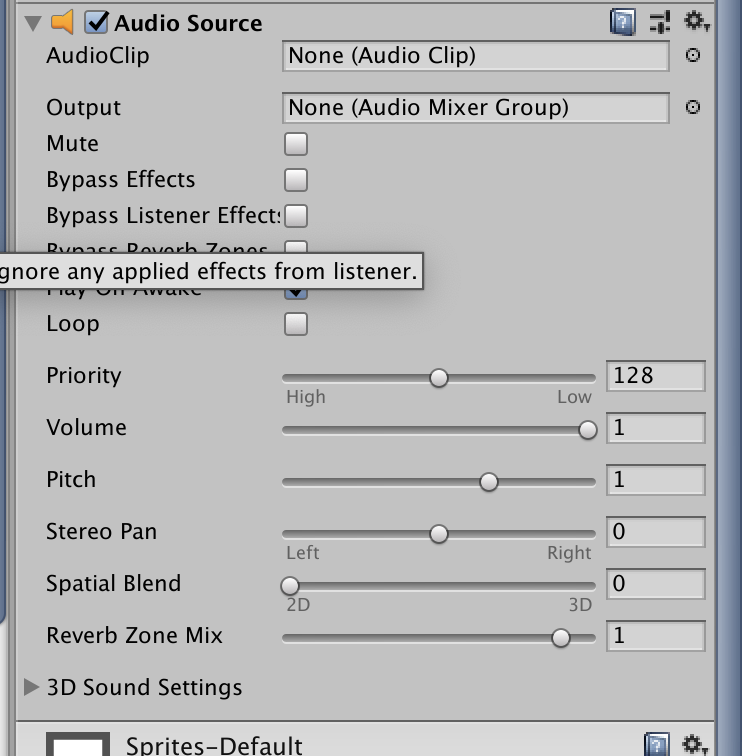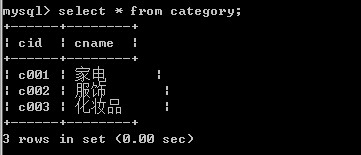java ArrayList源码学习,分析
ArrayList 简介
ArrayList是一个动态数组,它能够自动进行扩容。
继承自AbstractList,implements 实现了 List, RandomAccess (随机访问–空接口), Cloneable(克隆–空接口), java.io.Serializable(序列化)
与vector相比,不是线程安全的容器,但效率相对高些,所以在单线程中推荐使用ArrayList,多线程中可以使用Vector
ArrayList :以下均是基于JDK1.8
public class ArrayList<E> extends AbstractList<E>implements List<E>, RandomAccess, Cloneable, java.io.Serializable{private static final long serialVersionUID = 8683452581122892189L; //序列化UUIDprivate static final int DEFAULT_CAPACITY = 10; //初始化默认容量private static final Object[] EMPTY_ELEMENTDATA = {}; //静态 final 空数组,设置容器大小为0时,直接等于这个值transient Object[] elementData; // 存储数据的Object数组private int size; //记录实际存储数据的个数private static final int MAX_ARRAY_SIZE = Integer.MAX_VALUE - 8; //array最大个数
构造器
参数为设置初始化容器的构造函数
public ArrayList(int initialCapacity) {if (initialCapacity > 0) {this.elementData = new Object[initialCapacity];} else if (initialCapacity == 0) { //如果容量为0,设置 直接设置为EMPTY_ELEMENTDATAthis.elementData = EMPTY_ELEMENTDATA;} else { //否则抛出异常throw new IllegalArgumentException("Illegal Capacity: "+initialCapacity);}}
默认构造器:
容器容量默认为10
/**
* Constructs an empty list with an initial capacity of ten.*/public ArrayList() {this.elementData = DEFAULTCAPACITY_EMPTY_ELEMENTDATA;}
集合形式构造器
public ArrayList(Collection<? extends E> c) {elementData = c.toArray();if ((size = elementData.length) != 0) {// c.toArray might (incorrectly) not return Object[] (see 6260652)if (elementData.getClass() != Object[].class)elementData = Arrays.copyOf(elementData, size, Object[].class);} else {// replace with empty array.this.elementData = EMPTY_ELEMENTDATA;}}
内置方法
trimTosize():应该是去除多余的空间,如果存储的个数少于数组的长度,说明有多余的剩余空间,调用Arrays.copyOf()方法
/*** Trims the capacity of this <tt>ArrayList</tt> instance to be the* list's current size. An application can use this operation to minimize* the storage of an <tt>ArrayList</tt> instance.*/public void trimToSize() {modCount++;if (size < elementData.length) {elementData = (size == 0)? EMPTY_ELEMENTDATA: Arrays.copyOf(elementData, size);}}
ArrayList扩容机制
确定ArrayList的容量 : 如果当前容量不足以容纳当前的元素的个数,调用ensureExplicitCapacity()方法
public void ensureCapacity(int minCapacity) {int minExpand = (elementData != DEFAULTCAPACITY_EMPTY_ELEMENTDATA)// any size if not default element table? 0// larger than default for default empty table. It's already// supposed to be at default size.: DEFAULT_CAPACITY;if (minCapacity > minExpand) {ensureExplicitCapacity(minCapacity);}}
如果容量不足,需要调用grow()
private void ensureExplicitCapacity(int minCapacity) {modCount++;// overflow-conscious codeif (minCapacity - elementData.length > 0)grow(minCapacity);}
调用grow(),真正进行扩容的地方,扩容为1.5倍
/*** Increases the capacity to ensure that it can hold at least the* number of elements specified by the minimum capacity argument.** @param minCapacity the desired minimum capacity*/private void grow(int minCapacity) {// overflow-conscious codeint oldCapacity = elementData.length; //oldCapacity为当前容器的长度int newCapacity = oldCapacity + (oldCapacity >> 1); //新长度为原来长度右移一位,也就是/2,一半,在加上原来的长度if (newCapacity - minCapacity < 0) //新长度比原来小newCapacity = minCapacity;if (newCapacity - MAX_ARRAY_SIZE > 0)//新长度比最大size大(也就是Integer的最大值-8)newCapacity = hugeCapacity(minCapacity);// minCapacity is usually close to size, so this is a win:// 拷贝原数组中的元素至新数组,并返回新数组的引用elementData = Arrays.copyOf(elementData, newCapacity); //正常情况下,1.5倍}
ArrayList常用方法、

ArrayList的内部类–迭代器
迭代器原理:
迭代器是对集合进行遍历, 而每一个集合内部的存储结构都是不同的,所以每一个集合存和取都是不一样, 那么就需要在每一个类中定义hasNext()和next()方法,这样做是可以的,但是会让整个集合体系过于臃肿, 迭代器是将这样的方法向上抽取出接口,然后在每个类的内部,定义自己迭代方式,
好处
- 第一规定了整个集合体系的遍历方式都是hasNext()和next()方法,
- 第二,代码有底层内部实现,使用者不用管怎么实现的,会用即可
private class ListItr extends Itr implements ListIterator
{ ListItr(int index) {super();cursor = index;}public boolean hasPrevious() {return cursor != 0;}public int nextIndex() {return cursor;}public int previousIndex() {return cursor - 1;}@SuppressWarnings("unchecked")public E previous() {checkForComodification();int i = cursor - 1;if (i < 0)throw new NoSuchElementException();Object[] elementData = ArrayList.this.elementData;if (i >= elementData.length)throw new ConcurrentModificationException();cursor = i;return (E) elementData[lastRet = i];}public void set(E e) {if (lastRet < 0)throw new IllegalStateException();checkForComodification();try {ArrayList.this.set(lastRet, e);} catch (IndexOutOfBoundsException ex) {throw new ConcurrentModificationException();}}public void add(E e) {checkForComodification();try {int i = cursor;ArrayList.this.add(i, e);cursor = i + 1;lastRet = -1;expectedModCount = modCount;} catch (IndexOutOfBoundsException ex) {throw new ConcurrentModificationException();}}}
ArrayList的遍历方式
1. 迭代器2. 随机访问,通过索引3. for循环遍历
ArrayList的遍历代码就不写了,也都很简单…偷个懒…



































还没有评论,来说两句吧...